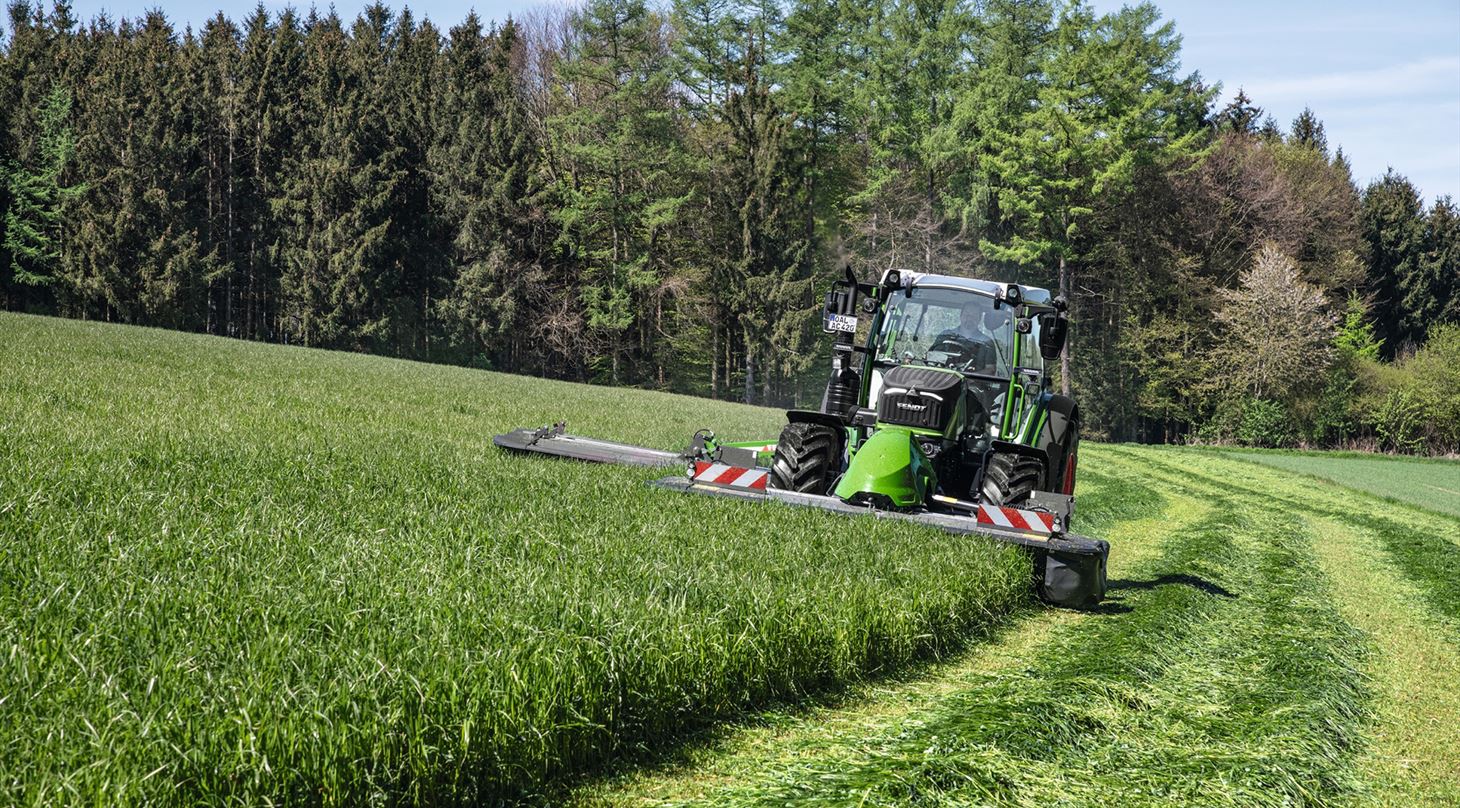
SAVA - Safety in Autonomous Vehicles in Agriculture
 In Danish
In Danish
Autonomy is the way forward when it comes to reducing the climate footprint of machines of all sizes. This is partly due to the optimal use of driving patterns and logistics planning. However, autonomy also brings a need for safety. Autonomous machines must account for unforeseen obstacles such as people and animals. A new research and innovation project aims to ensure this.
The Innovation Fund Denmark has recently granted DKK 16 million to a consortium of Danish companies and research institutions to create future safety systems for autonomous machines.
The combination of the latest sensor technologies and artificial intelligence will be used to protect people, animals, and objects around the machines. Beyond improving safety, the project also aims to reduce CO₂ emissions and increase biodiversity.
Over a 3.5-year period, the consortium will test and evaluate various sensor technologies to develop safety systems designed for everything from mobile robots to tractors.
The systems will be tested across different areas, including grass fields, parks, orchards, and vineyards.
A focus area in grass fields will be preventing collisions with young animals hiding in the crops. This is a significant problem, as the Danish Hunters' Association estimated in a 2017 study that up to 20,000 fawns are hit by machinery annually in Danish fields.
On the project’s potential, Morten Bilde, Managing Director of AGCO A/S, states:
– "AGCO is one of the world's largest manufacturers of agricultural equipment, and our goal is to contribute to the development of a sensor solution that can be mounted on our machines to improve safety for both animals and humans. We are constantly working on different solutions to make life easier for our end customers, and with the competencies we have in the consortium, we believe now is the time to solve these problems."
Not All Obstacles Should Be Removed
Areas with grass, trees, and plants may contain objects, animals, and people that are difficult to detect.
For this reason, it is vital to develop robust safety systems that enable autonomous machines to account for both dynamic and static obstacles. This means the machines must have the ability to warn the operator or automatically avoid obstacles.
With methods for detecting and avoiding obstacles, the technology also ensures the possibility of using optimized driving patterns for both automated and assisted machines.
The potential is significant, both in terms of improving overall safety and optimizing the operator’s work.
Firstly, the new sensor technology can prevent unnecessary and fatal injuries to animals, people, and objects.
Secondly, the solution can save operators time and money by avoiding damage to machinery caused by obstacles entering the equipment or by preventing obstacles from mixing with crops, rendering them unusable.
Finally, it spares operators from unpleasant experiences, such as accidentally hitting an innocent animal.
The safety systems are being developed in collaboration between DTU (Technical University of Denmark), the Danish Technological Institute, and the companies AGCO, Conpleks Innovation, and Agrirobot, who will jointly test and commercialize the product. The project is led by Maybe Robotics.
Project partners:
- Technical University of Denmark (DTU)
- Danish Technological Institute
- AGCO A/S
- Conpleks Innovation
- Agrirobot
- Maybe Robotics